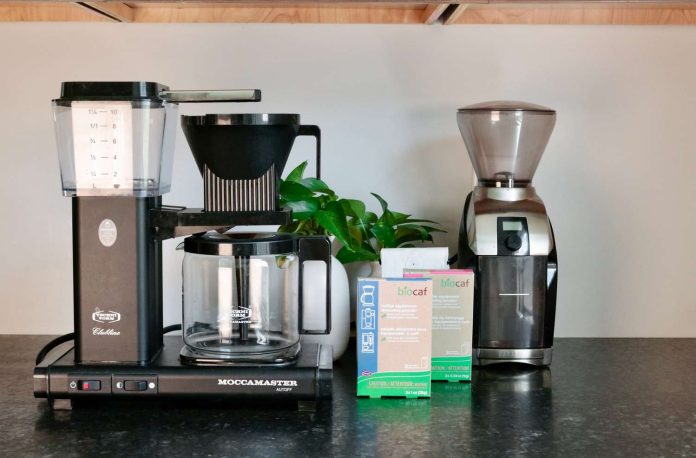Few things start the morning off right like a perfectly pulled espresso or velvety latte from your trusty home coffee machine. But over time, mineral buildup from water can clog your machine’s inner workings and hamper flavor. That’s where coffee machine descaling solution comes in – an often-overlooked maintenance task that can breathe new life into your coffee game. Read on for the ultimate guide to understanding descaling and keeping your mornings buzzing.
What is descaling?
Descaling? Sounds technical. Let’s break it down in simple terms. Basically, all it means is using a mixture of vinegar, citric acid or special descaling solution to dissolve and wash away mineral deposits inside your coffee machine. We’re talking calcium, magnesium, potassium and other nasty gunk that accumulates over time from water flowing through the internal tubes, pipes and tanks.
Ever notice your machine taking longer to pull a shot or spewing out cloudy/bitter coffee? Limescale buildup is likely the culprit. Or if you live in an area with notoriously hard water like me, scale accumulation happens quicker. Either way, descaling becomes critical for optimal performance.
Descaling routine
But when and how often should you descale? It depends on water hardness and coffee usage. For example, James who lives in Kansas City with ridiculously hard tap water likely needs to descale his beloved Flair manual espresso press every 1-2 months. But Naomi enjoying Pacific Northwest rainwater can probably wait 6 months between descales for her semi-automatic Breville.
Check your machine’s manual for recommendations, but a good rule of thumb is every 3-6 months for regular use. Signs like reduced flow, longer warm up times, and funky tasting coffee signal it’s descaling time regardless of the calendar. Preventative medicine keeps machines happier!
Okay, let’s dig into the actual descaling process. You’ll need either store-bought descaling solution, liquid citric acid, or plain white vinegar. Don’t use scented vinegar! And plastic hoses or gaskets in your machine may demand weaker citric solutions versus metal parts tolerating straight vinegar.
Comprehend the procedure
Carefully follow your machine’s directions to run the descaling liquid through. Often there is a special descale mode or setting you activate first. Let the solution sit for a bit before rinsing thoroughly with fresh water. Scrub any accessible parts and rinse the tank too. That’s it! Well, after recalibrating and pulling a few test shots to get the timing right again post-descale.
Going forward, using filtered water daily dramatically reduces mineral buildup between descales. If you don’t have a filtration system, at least use bottled spring water, not straight tap. And take 30 seconds to flush fresh water through the pipes regularly if your machine sits unused for days. A bit of prevention makes descaling less frequent and frustrating.
While essential, descaling isn’t overly complicated once you get the hang of it. And keeping your machine free of troublesome scale enables consistently amazing espresso and coffee that start your day right. Here’s to waking up refreshed!
















